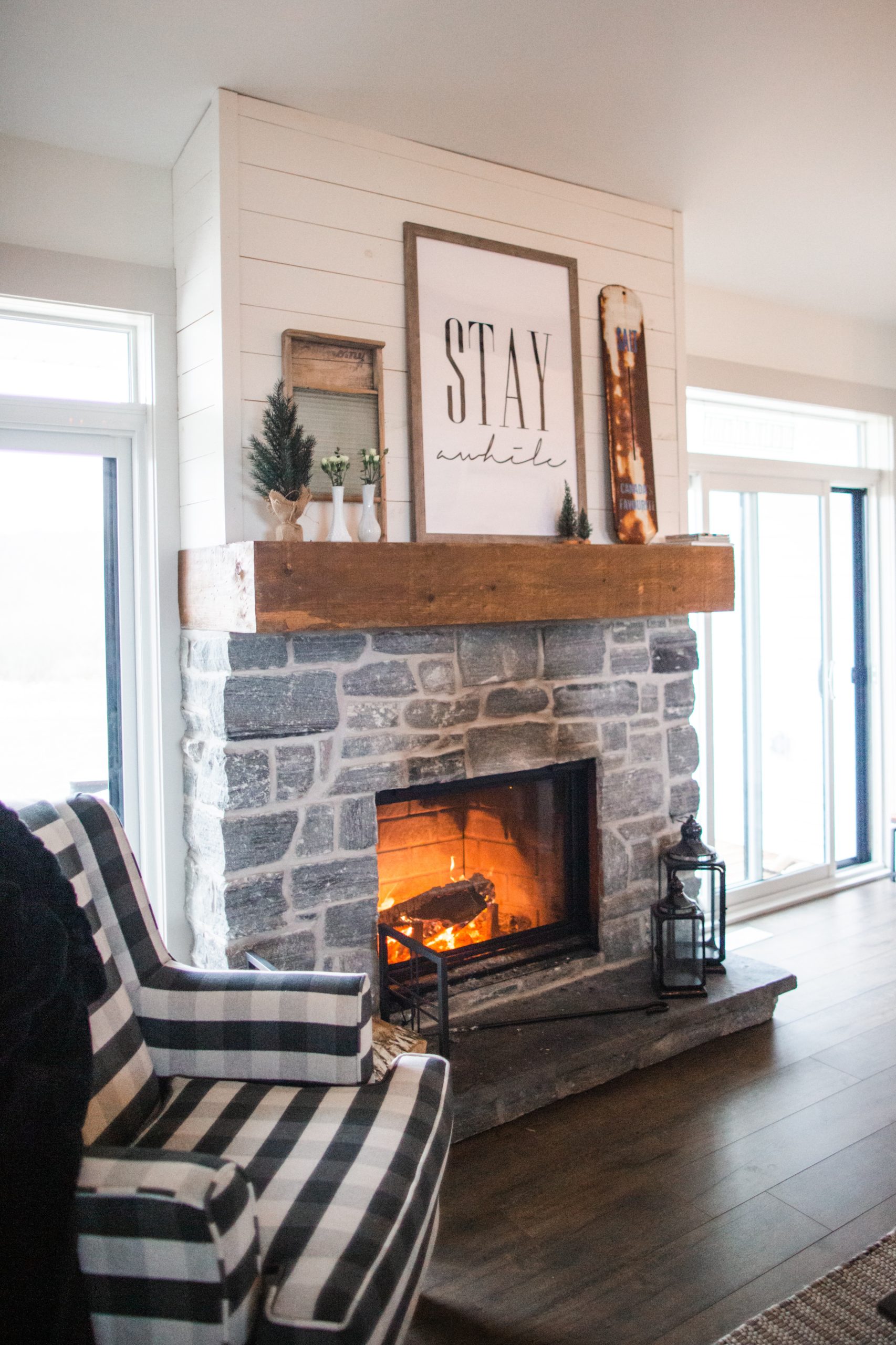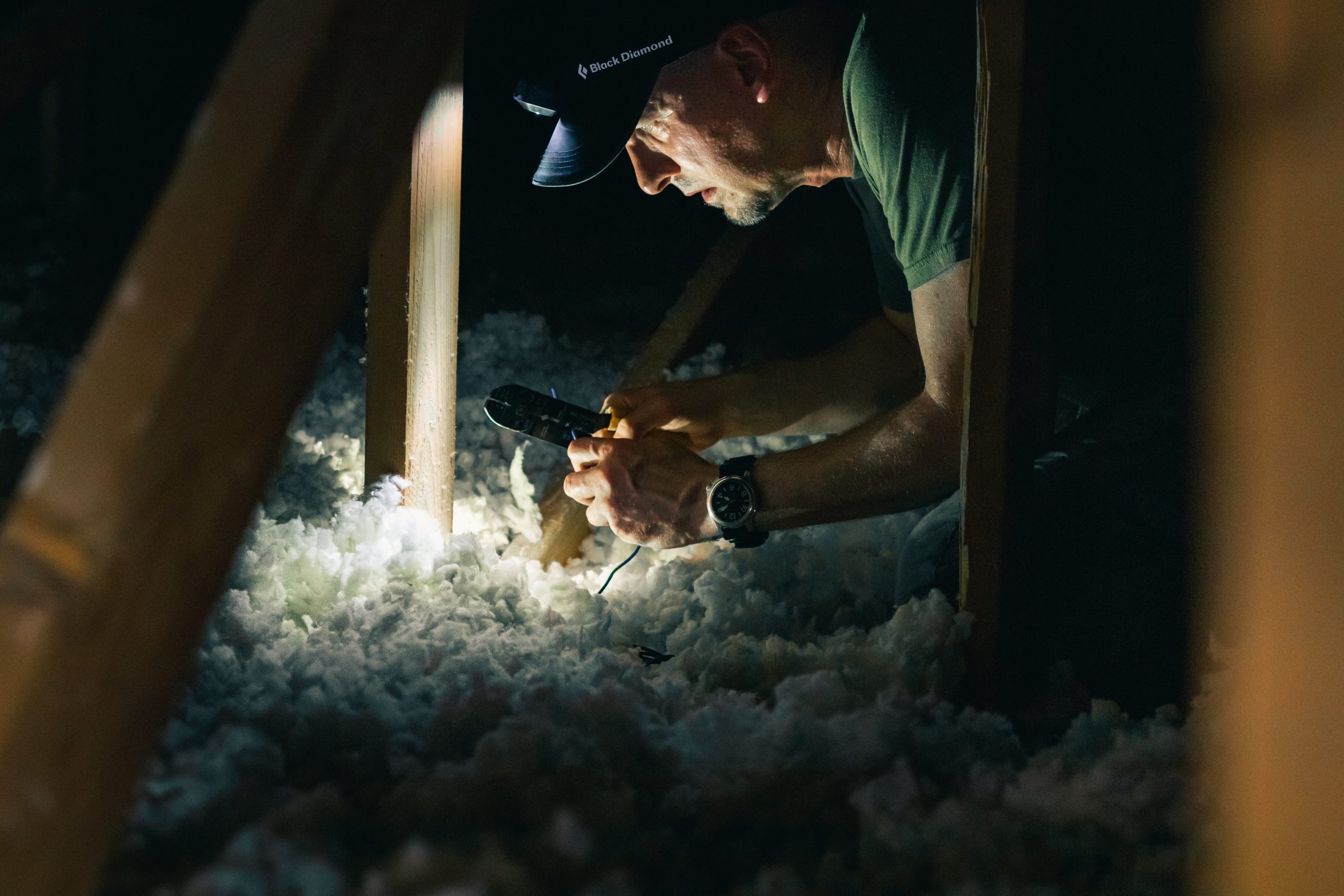Radiant barriers have been a “hot” topic for the last few years: If to install them, where to install them, and how to install them. Are they worth the work and cost? It’s time well-spent to do some research before diving in with such a project.
Radiation is one of the three types of heat transfer, along with convection and conduction. A radiant barrier is a material with a shiny surface that reflects radiant heat back outside the home. If the barrier gets dusty or is installed incorrectly, however, it does not work well.
According to Attainablehome.com (a builder’s website devoted to building of modern, sustainable, and high quality homes that is within reach of household incomes), properly installed radiant barriers can reduce heating costs in the hottest months in southern climates, if the home’s air conditioning system is located in the attic. It can also offer a degree of protection to that equipment when the barrier is installed over the equipment, “shielding” it.
In colder climates, however, radiant barriers are not recommended for several reasons.
The savings in reflecting heat away from the home in summer is minimal.
Cold climates can allow moisture to condense behind the barrier, creating mold issues. Perforated radiant barriers can reduce this problem, though.
What is “properly installed”? Here is a good video showing installation of a radiant barrier over a garage. Radiant barriers:
Need an air gap: don’t install the barrier sandwiched between existing insulation, as it can conduct heat into it. For instance, do not install radiant barrier foam board (such as LP’s Techshield) and sprayfoam over it. (energyvanguard.com)
Need to be relatively clean: dust will reduce the effectiveness of the barrier, so installing on the attic floor is not recommended in most cases.
Must be the right type for your home/climate. There are:
Perforated and non-perforated: Perforated barriers allow vapors to escape through the barrier, reducing the chance that moisture or mold will build up behind it. If you live in a hot, humid climate and have a vented attic, a highly permeable barrier like “Super-Perf” from AtticFoil is recommended to allow moisture to pass through.
Made with insulation or board attached to the radiant surface
Must not block air flow in the attic. Most vented attics have soffit and ridge vents, so do not block the air flow between these two, or moisture issues may result.
In a 2010 article that still applies today, energy advisor Martin Holladay stated there are 5 factors that determine whether a radiant barrier is a good option for your home (discussed in this video):
Do you live in a hot climate? Yes = consider radiant barrier.
Do you live in a humid climate? Yes = the radiant barrier must be carefully and correctly installed so that moisture problems are not created.
Do you have a one-story home? One story homes tend to have larger roofs to cover the livable square feet, so a radiant barrier in a one-story home will be more effective than a two-story home of comparable square feet.
Do you have air ducts in your attic? Yes = consider radiant barrier to shield them.
Is the air barrier installed correctly? This is imperative, so the barrier has to be compatible with the insulation in your attic.
In times of low-cost energy, installing a radiant barrier may not be worth it. (energyvanguard.com) For example, in Houston in 2011 (a hot climate in a year with similar kilowatt-hour (kwh) energy cost to today), a homeowner could save about 180 kwh per year with a radiant barrier installed on their 2000 sf newbuild home, considering that it is installed under the roof decking and the only additional cost was the more expensive barrier under the decking ($200). This is about $25 per year savings, which would be an 8 year payback if there is no mortgage, or only about 50 cents per month if there is a mortgage (check the article for the explanation!) It’s not a whole lot, but if energy prices go up (they will at some point), the savings could be more.
According to this video, LP Techshield (an OSB board with aluminum coating on one side) produced an 18 degree reduction in temperature in a doghouse. Another video using the same product achieved an 8-10 degree reduction in a real house.
So, how does all of this affect your air quality? At HypoAir, we are in favor of not adding things that harm you or your home, so adding a radiant barrier to an existing home must be carefully considered. Here are some steps to check whether it is right for you:
If you have an unvented attic, a radiant barrier is likely not to benefit you. If you have a vented attic, make sure the vents are not blocked and there is sufficient insulation in the walls/floors of the attic facing the conditioned space.
Consider the current state of your attic and take temperature and humidity measurements in the attic and in the home as a “baseline”.
If possible, you could conduct a small “experiment” in a part of your attic that faces the sun by installing one roll only (best if it shields some ductwork) and seeing how it affects attic and home temperature and humidity.
If this test is favorable, continue with installation of the rest of the south- or west-facing sides. Although I could not find much information about it, radiant heat is not very applicable on the north-or east-facing walls in the northern hemisphere.
If humidity increases with the test spot under similar atmospheric conditions, it’s best to terminate the experiment and remove the barrier.
Radiant barrier material is not very expensive, so if you can install it yourself, it can provide energy savings going forward. It’s best to take your time and research the pros and cons of installing it in your home and not succumb to pressure from a salesperson, however. Overall, it should not increase your energy use or humidity levels, so make sure to hold the manufacturer and/or installer to their claims. We’d love to hear from you on how radiant barrier affects your home’s atmosphere!


